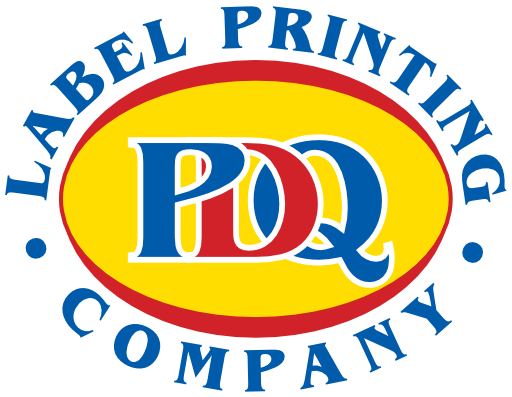Beer, Wine and Spirits Bottle Labels
When it comes to beverage Labels, there are a few different technologies to consider. Digital printing and flexographic printing are two of the most popular options. In this article, we’ll explore how each of these technologies works and the benefits of each.
Digital Printing:
Digital printing is a modern printing technique that involves printing digital images directly onto the label material. This process is ideal for small to medium-sized print runs and can handle a variety of label sizes and shapes. It is also a relatively fast and cost-effective option.
One of the main advantages of digital printing is that it allows for high-quality, full-color images to be printed directly onto the label material. This means that you can create custom labels with vibrant colors and intricate designs, without the need for plates or cylinders.
Another advantage of digital printing is its flexibility. You can easily change the design or text of the label without incurring extra costs or downtime. This makes digital printing ideal for product launches, promotions, or limited edition runs.
Flexographic Printing:
Flexographic printing is a traditional printing technique that involves using flexible rubber or photopolymer plates to transfer ink onto the label material. This process is ideal for larger print runs and can handle high-volume production requirements.
One of the main advantages of flexographic printing is its speed and efficiency. It is a high-speed printing process that can produce labels at a rate of up to 200 metres per minute. This makes it ideal for large volume production runs.
Another advantage of flexographic printing is its ability to print on a variety of label materials. It can handle a wide range of label materials, including paper, film, and foil. This makes it ideal for labels that need to be durable or water-resistant.
Conclusion:
In summary, both digital printing and flexographic printing are great options for printing beverage labels. Digital printing is ideal for small to medium-sized print runs and can handle a wide range of label sizes and shapes. It is also cost-effective and allows for high-quality, full-color images to be printed directly onto the label material.
Flexographic printing, on the other hand, is ideal for larger print runs and can handle high-volume production requirements. It is a fast and efficient printing process that can print on a variety of label materials, making it ideal for durable or water-resistant labels.
Ultimately, the best printing technology for your beer, wine or spirits labels will depend on your specific requirements. If you need help deciding which technology to use, it’s always a good idea to consult with a printing expert who can guide you through the process.
